#ancient archaeology
Text
Reaching out the the tumblr community of archaeologists, anthropologists because ive searched and searched on google and cannot for the life of me find out what this could be.
Found it on a trek with friends and we have varying theories. The curiousity is just eating at me so please help🥺
@mindblowingscience @archaeology @archaeologicalnews @anthrocentric @historicity-was-already-taken

205 notes
·
View notes
Photo
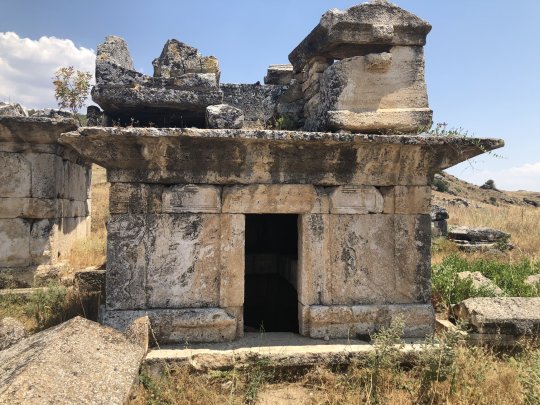

A tomb shown from the outside and within the entrance from Hierapolis in modern day Turkey, then Phrygia.
#happy tomb freaking tuesday#.chatter#tombs#archaeology#antiquity#ancient greece#turkey#ancient archaeology#collected
204 notes
·
View notes
Text
Some new stuff I'd not heard. But 1628 BCE is apparently OUT. That goes to a volcano in the Alaska chain.
That also "demotes" the power of the Thera erruption. It was formerly considered the most powerful eruption in recorded human history...but that now goes to Alaska. the current possible dates are 1611 on the high end, mid-1500s, and 1538 on the low end. Archaeology supports the lower end, hard science evidence supports the higher end...so far.
But if it wasn't the super-powerful eruption previously thought, that would also explain why its impact doesn't appear to have been as harmful on surrounding civilizations. That's been part of the puzzle. The eruption of Thira did NOT knock out the Minoan civilization (whatever of those 3 dates turns out to be true, but especially if earlier), or significantly harm the burgeoning Mycenaean one, either. Some evidence suggests the biggest waves his the Palestinian coast instead. But a less massive eruption explains the lesser impacts.
(Less massive is relative, mind. It still blew the top off the island, but there was less ash in the atmosphere than what the big Alaskan eruption of 1628 put out.)
#thira#archaeology#dendroarchaeology#Minoans#thera#santorini#volcanic eruption impact on history#Classics#ancient archaeology#mediterranean archaeology
37 notes
·
View notes
Text
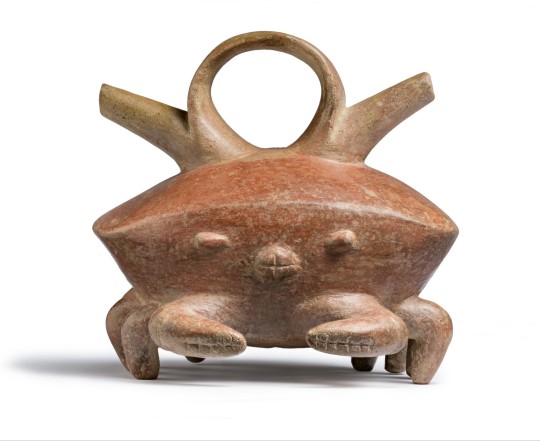

~ Crab Vessel with Double Spout.
Place of origin: Colombia, Calima Region
Period: Ilama Period
Date: 1500 B.C.-A.D. 100
Medium: Ceramics
#ancient#ancient art#history#museum#archeology#ancient history#archaeology#ancient pottery#pottery#south america#crab#crab vessel#calima#Colombia#pre columbian#Ilama Period#1500 b.c.#a.d. 100
16K notes
·
View notes
Text
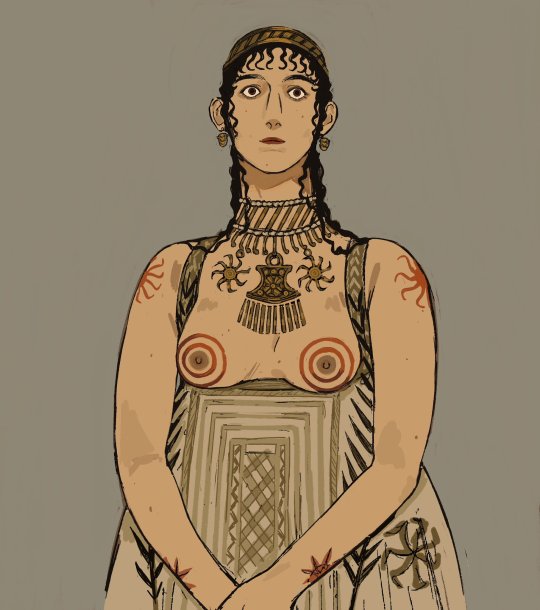

She
52K notes
·
View notes
Text
Broke: vampires are vulnerable to the trappings of Christianity only, particularly Catholicism, no matter how dubiously applied. (See: Van Helsing's Communion wafer grouting).
Woke: vampires are vulnerable to sincere faith of all kinds, and atheist vampire-hunters need to believe very strongly in the Power of Friendship or their love of Star Trek to get by.
Bespoke: vampires are vulnerable to the faith that they followed when they were alive, and hunters tracking down an ancient vampire are obliged to learn about Neo-Babylonian theology or Middle Palaeolithic bear cults.
#this is why ancient vampires are so powerful#in the absence of any other historical or archaeological evidence you have to cart around a full stone circle to defeat them#dracula daily adjacent posting
65K notes
·
View notes
Text

2,300-Year-Old Plush Bird from the Altai Mountains of Siberia (c.400-300 BCE): crafted with a felt body and reindeer-fur stuffing, all of which remains intact
This artifact was sealed within the frozen barrows of Pazyryk, Siberia, for more than two millennia, where a unique microclimate enabled it to be preserved. The permafrost ice lense formation that runs below the barrows provided an insulating layer, preventing the soil from heating during the summer and allowing it to quickly freeze during the winter; these conditions produced a separate microclimate within the stone walls of the barrows themselves, thereby aiding in the preservation of the artifacts inside.
This is just one of the many well-preserved artifacts that have been found at Pazyryk. These artifacts are attributed to the Scythian/Altaic cultures.
Currently housed at the Hermitage Museum.
#archaeology#anthropology#history#artifact#artifacts#siberia#scythians#archeology#museum#amazing#interesting#stuffed animals#ancient history#prehistoric#crafting#felt art#art#prehistoric art#hermitage museum#human nature
45K notes
·
View notes
Text
instagram
0 notes
Text

The ancient theatre of Epidavros, Peloponnese, Greece. 4th c.BC.
8K notes
·
View notes
Text

A kooky fly-shaped clay vessel (15th Dynasty)
With its realistic representation of a fly, it includes large eyes, wings, and legs that resemble hands
#art#lol#weird#archaeology#ancient#ancient art#egyptian art#egypt#egyptology#ancient egypt#clay#clay art#kemetic#ancient kemet#kemet
8K notes
·
View notes
Text

A 5200-year-old pottery bowl from Shahr-e Sukhteh bearing what could possibly be the world's oldest example of animation. It shows 5 images of a wild goat leaping, and if you put them in a sequence (like a flip book), the wild goat leaps to nip leaves off a tree. Museum of Ancient Iran
2K notes
·
View notes
Text
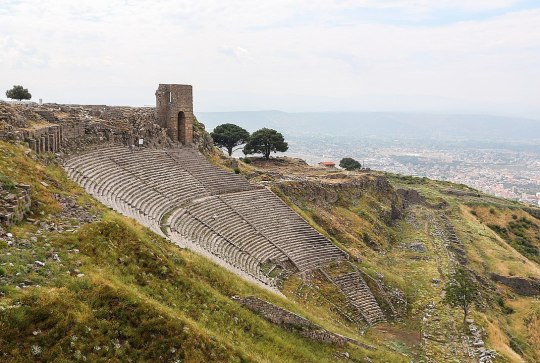
The Hellenistic Theater of Pergamon, Bergama, Turkey.
2K notes
·
View notes
Text
MEMENTO MORI

Roman glazed ceramic cup, 1st century AD.

Larvae Conviviales, a miniature skeleton made of bronze, with articulated limbs, Roman work 2nd century AD.
Science Museum, London.
3K notes
·
View notes
Text
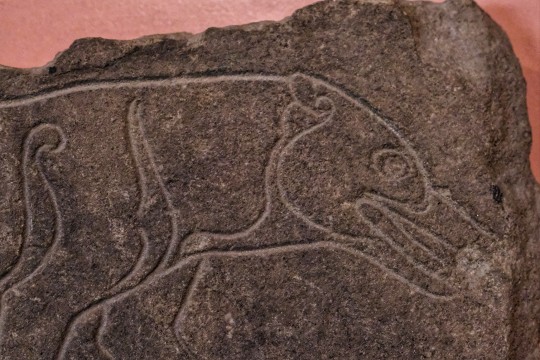

The Pictish Wolf Stone, Stittenham, Ardross, Inverness Museum and Gallery, Scotland
#pictish stones#pict#picts#pictish#Pictish wolf#wolf stone#Pictish art#archaeology#symbols#ancient living#ancient craft#ancient culture#Scotland#wolf#beast
7K notes
·
View notes
Text

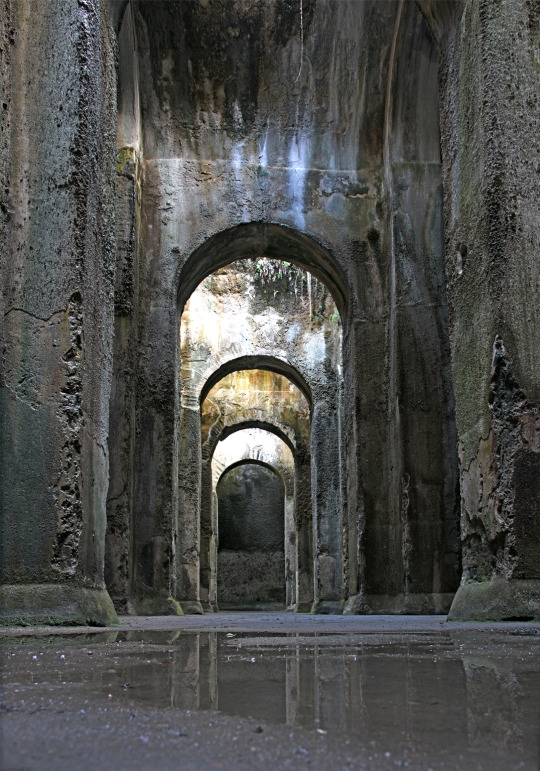

~ Piscina Mirabilis.
Date: Second half of 1st century B.C.
Place of origin: Naples, Piscina Mirabilis
(Napoli, Piscina Mirabilis)
#ancient#ancient art#history#museum#archeology#ancient history#archaeology#Piscina Mirabilis#naples#architecture#1st century B.C.
3K notes
·
View notes
Text
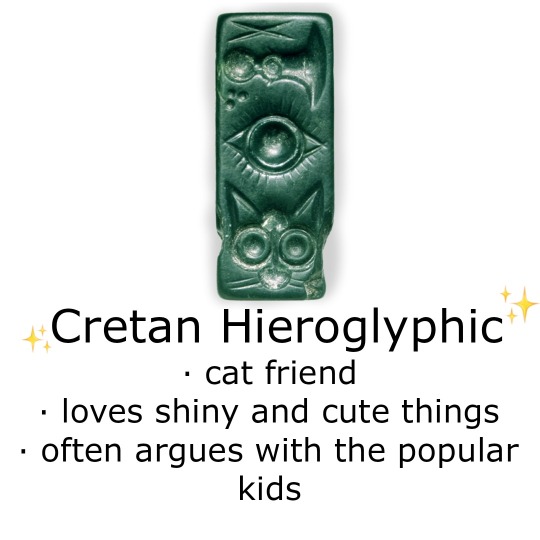



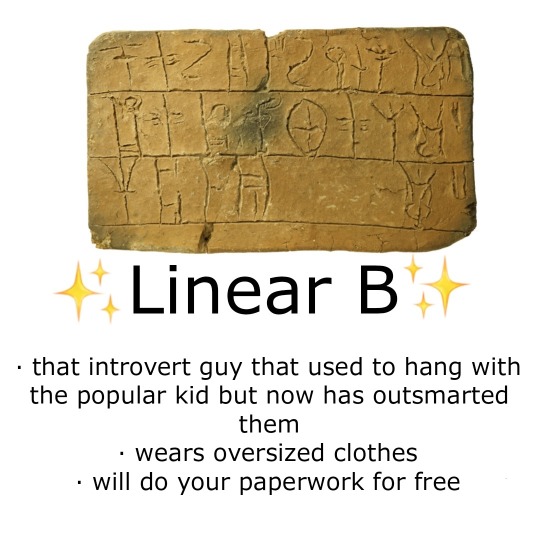


✨ tag yourself ✨ but with Aegean Scripts! Mainly Bronze Age, with a sprinkle of Iron Age (Cypriot Syllabary).
#tagamemnon#ancient greece#crete#minoan#scripture#history#classics#bronze age#cretan hieroglyphic#linear a#phaistos disc#linear b#cyprominoan#cypriot Syllabary#arkalochori axe#archaeology#tag yourself
3K notes
·
View notes